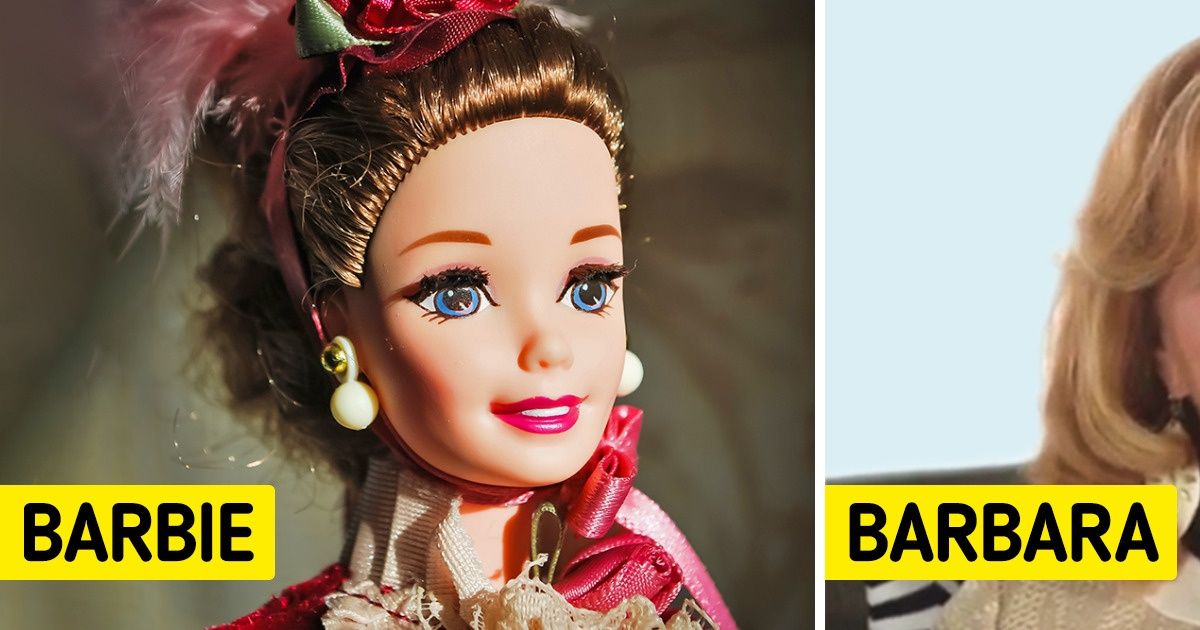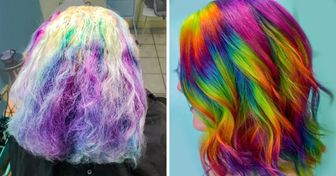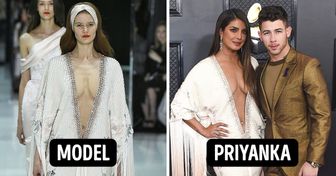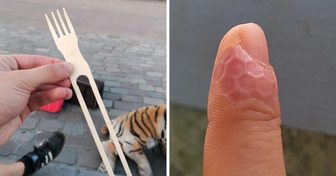Test: Find the Errors in These Images in Less Than 10 Seconds


Many of us have traveled in a Boeing and worn Adidas at least once. Brands are always all around us. But what do the people who give their names to these huge corporations actually look like? It turns out that “Tiffany” is a nice-looking gentleman, while the Barbie doll was named after a real girl.
At Bright Side, we would like to show you the faceless people whose names the whole world knows.
This brand was founded by Carl Heinrich Knorr in 1838. First, he supplied chicory to the coffee industry. After that, the founder began to experiment with drying vegetables and seasonings, which led to the launch of the first dried soups across Continental Europe in 1873.
From left: William. A. Davidson (Vice President and Works Manager), Walter Davidson (President and General Manager), Arthur Davidson (Secretary and Sales Manager), William S. Harley, (Treasurer and Chief Engineer)
When William S. Harley and his childhood friend Arthur Davidson began to work on the model of a small engine in 1901, they didn’t know that they would become the founders of a major motorcycle manufacturer. Later 2 more Davidsons, William and Walter, joined their experiment. By the way, the prototype of the new loop-frame Harley-Davidson was assembled in a shed in the Davidson family backyard. The company developed quickly, and in 1905, they began to sell motorcycles on a very limited basis.
This clothing label was founded by professional tennis player Fred Perry. It all started in the late 1940s, when he and Tibby Wegner, an Austrian footballer, created the first sweatband. Later, Perry and Wegner created their version of a tennis shirt.
Alexander McQueen was a London-based, English fashion designer who used to work as the head designer of the Louis Vuitton Givenchy fashion line. In 2004, he started his own menswear line. In his early years, he worked in a tailor shop that created theater costumes. Alexander used many of the ideas he learned there in his future collections.
The brand that produces skateboarding shoes and related apparel was founded as a small shop by brothers Paul and James Van Doren, along with Gordon C. Lee. On opening day, the company had only manufactured 3 styles of shoes as display models. They had no shoes in the storage for sale, nor did they have enough change to give customers. In 1976, the famous “Off The Wall” logo was created. This slang was used by skateboarders who did tricks in empty swimming pools.
Adolf “Adi” Dassler was a German cobbler, inventor, and entrepreneur who founded one of the most popular sportswear companies — Adidas. Initially, Adolf worked with his brother Rudolf but in 1948 they separated and began to work on their own. By the way, Rudolf was a cobbler too, and he too founded the sportswear company Puma.
In 1837, Charles Lewis Tiffany and his school friend opened their first shop after borrowing money from his father. They sold stationery and gifts, but later they included glassware, porcelain, cutlery, clocks, and jewelry into their range. In 1853, the company was reorganized under the name Tiffany and Company.
In the early years, William Boeing didn’t work in aviation but sold timber wood. During the exposition in Seattle in 1909, he saw a manned flying machine for the first time and got carried away with aircraft. In 1916, Boeing went into business with engineer George Conrad Westervelt and founded the Pacific Aero Products Co. The company’s name was changed to Boeing Airplane Company the following year. In the beginning, Boeing aircrafts only transported mail.
Many people know that the Barbie doll was named after Ruth Handler’s daughter, Barbara. But very few know what she actually looks like. By the way, the doll has a rich biography that has nothing to do with Barbara Handler’s life.
Sir Thomas Lipton always had an entrepreneurial spirit. Before he got involved in the tea trade, he had worked as an accountant, a door-to-door salesman, and a grocery assistant. After getting enough experience, he opened his first provision shop, and later established a chain of groceries. Then he focused his efforts on tea. According to Sir Lipton, his secret for success was selling the best goods at the cheapest prices, harnessing the power of advertising, and always being optimistic.
What did you think the founders of these brands looked like? Did your expectations match reality? Tell us in the comments below.











